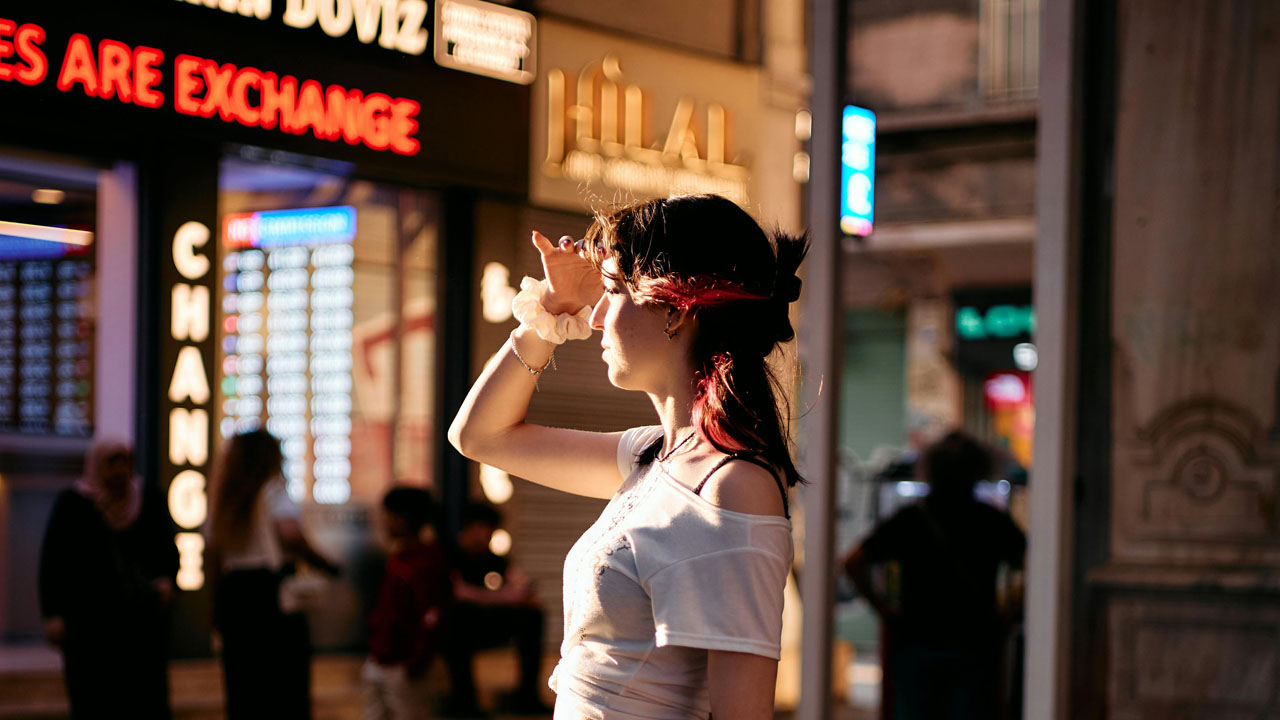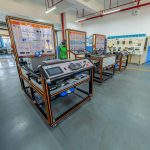Commercial facilities have long ceased to be simply a place of work or sales. Today, they are the visual and semantic center of the brand, a space that speaks to the client instead of an advertising slogan. The design, functionality and even the smell of the premises form trust, and architecture becomes a communication tool.
We have collected a selection of examples of business spaces – from technological production to recreational and retail facilities – to show how form serves content, and creativity is combined with practicality.
The evolution of commercial space
The last decade has changed the approach to organizing business premises. If previously the main requirement was functionality, now the key ones have become emotion, trust and authenticity. Brands are increasingly thinking not only in terms of “convenient to work”, but also “pleasant to be”.
The trend is multifunctionality, environmental friendliness, transparency and locality. Architecture has begun to act as a language: light, materials, openness of space tell about the company’s philosophy better than booklets.
Examples of best inspiring commercial spaces
1. Glass Diamond LLC – Glass Installation Company in New Jersey
(glassdiamondpro.com)
Glass Diamond has turned glass into the language of architecture. Its office and production areas are created according to the principle of open transparency – here transparency is not only a material, but also a concept. Light passes through the partitions, emphasizing the sense of trust and precision inherent in the brand. The team works with innovative measuring systems, and the showroom demonstrates dozens of glass options, textures and colors. Glass Diamond is an example of how engineering logic can look aesthetically pleasing, and technology can look stylish.
2. Personaluxslavske – котедж для відпочинку
(personaluxslavske.com.ua)
The Persona Lux recreational facility in the Carpathians is a perfect combination of architecture, nature and hospitality. The house is located on a slope with a panoramic view of the mountains, has a terrace, a swimming pool and a lounge area for company relaxation. The interior is made in warm natural tones with a predominance of wood and soft lighting. The space does not copy the style of hotels – it creates the atmosphere of a home. Persona Lux is a model of a modern leisure business, where comfort becomes an extension of the brand, and design is an emotion.
3. “Molochne Dyvo” – виробництво нового покоління
(molochnedyvo.com)
The “Molochne Dyvo” factory demonstrates how industrial design can be beautiful. The enterprise is built according to European standards, certified by HACCP and ISO 22000:2018. Glass partitions, sterile cleanliness, thoughtful lighting – all this creates a feeling of technological order. In its own quality control laboratory, specialists check each stage of production. This is not just a factory, but an architectural demonstration of the fact that hygiene and beauty are not opposites, but allies.
Main trends in commercial design
The collected examples show that today’s business spaces are developing according to common principles:
- Transparency and honesty: glass, open layout, natural colors.
- Emotional contact: architecture should evoke warm feelings, not just impressions.
- Ecophilosophy: natural materials, local production, minimum plastic.
- Hybridity of functions: combination of commerce, leisure, education and cultural formats.
Such solutions do not just decorate a business, but strengthen its reputation through space.
Conclusion
Commercial architecture today is a new type of branding tool. A modern office, coffee shop or factory should “speak” with its form, invite, soothe, inspire. And that is why those companies that perceive design not as an expense, but as an investment in trust will win. In the coming years, those who do not just sell – but create spaces where you want to stay for a minute more will win.




